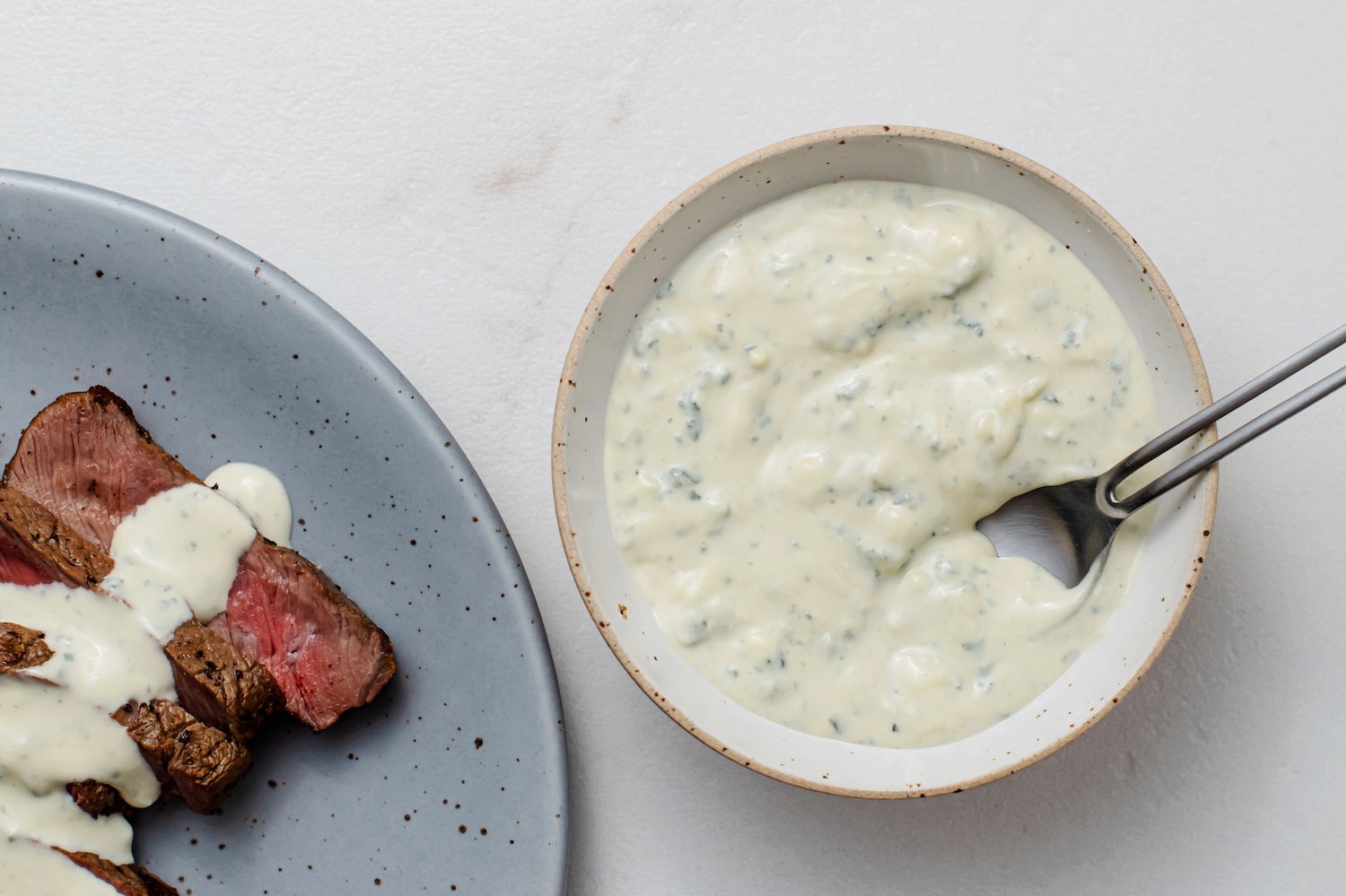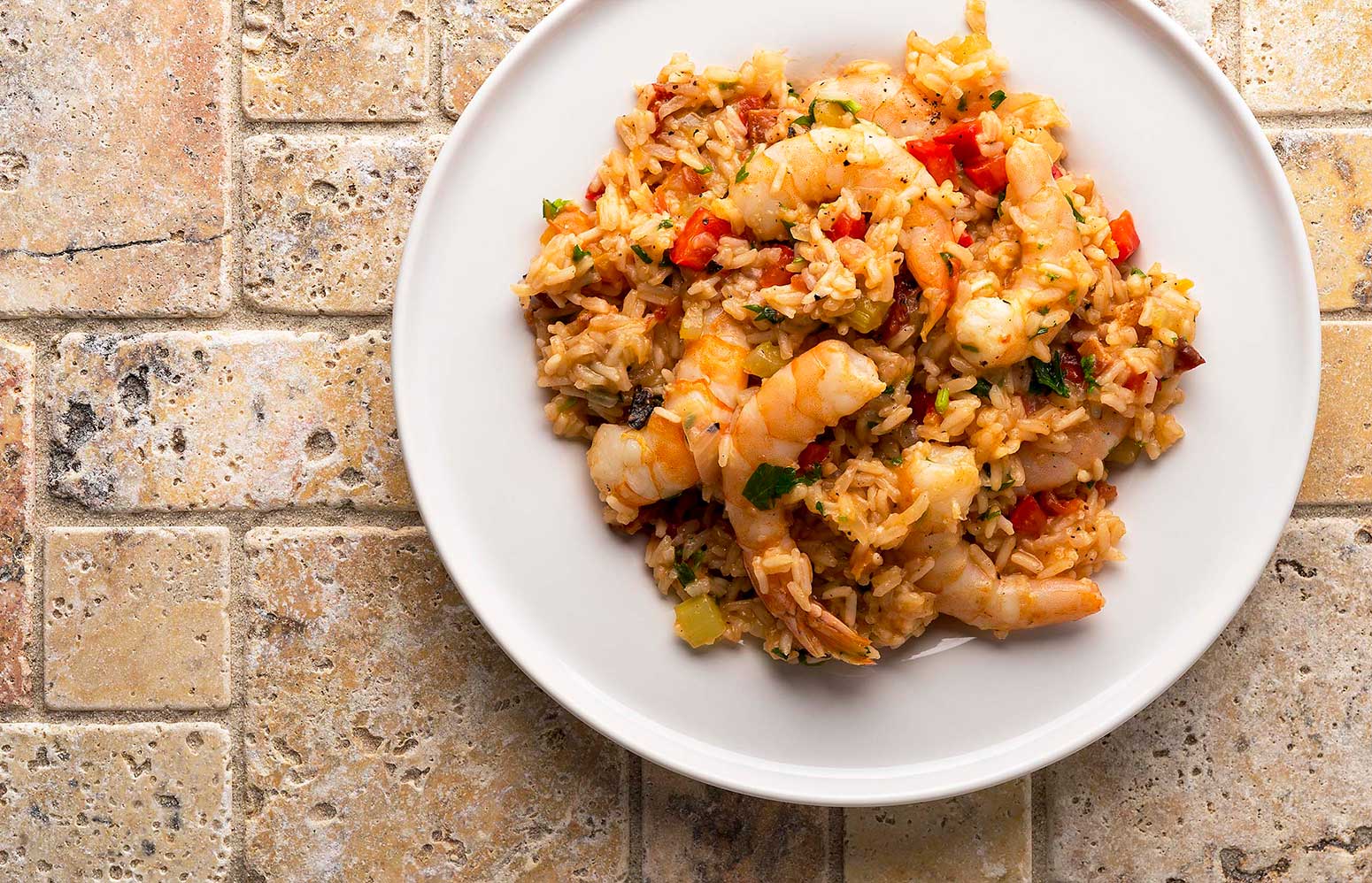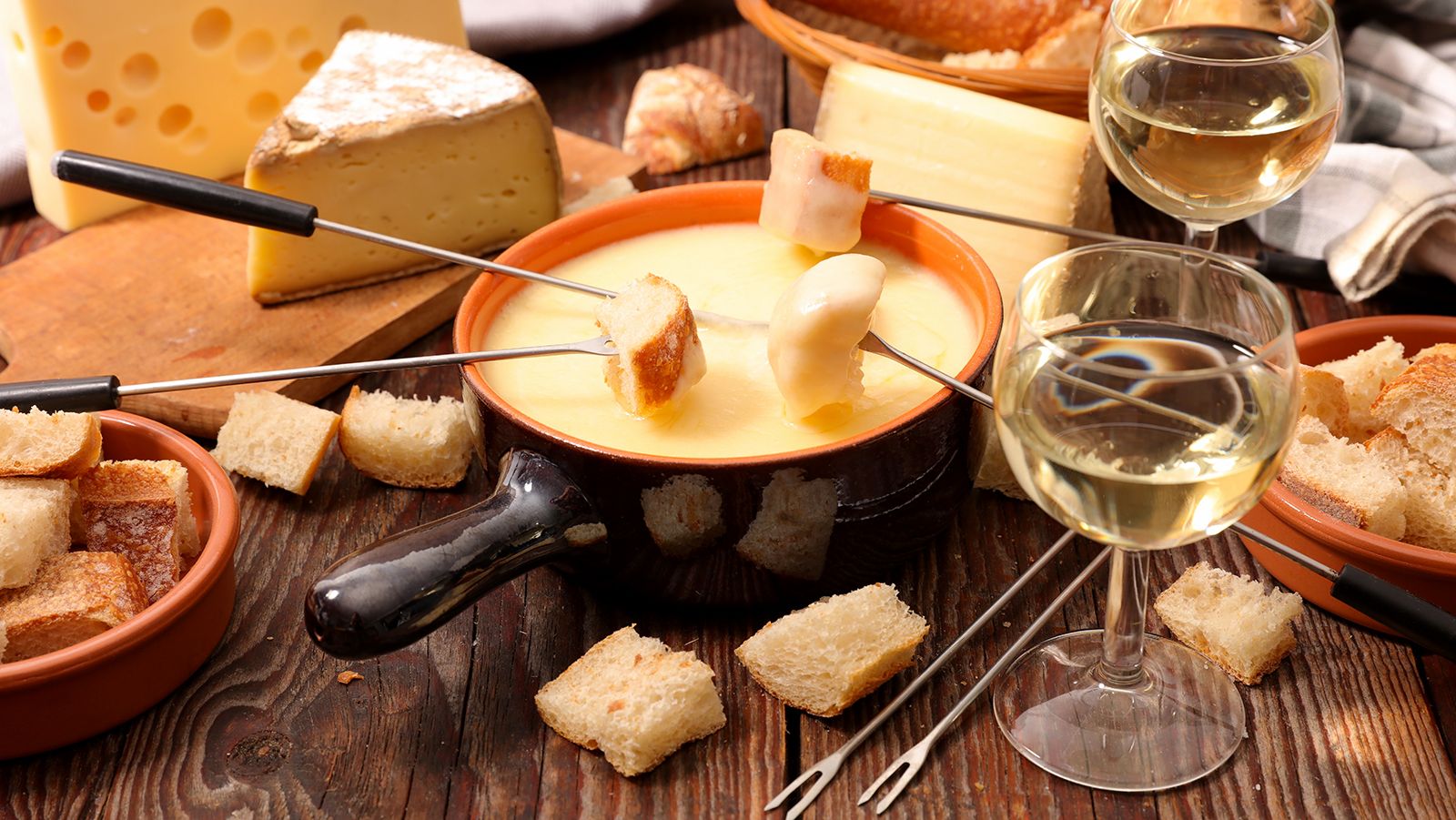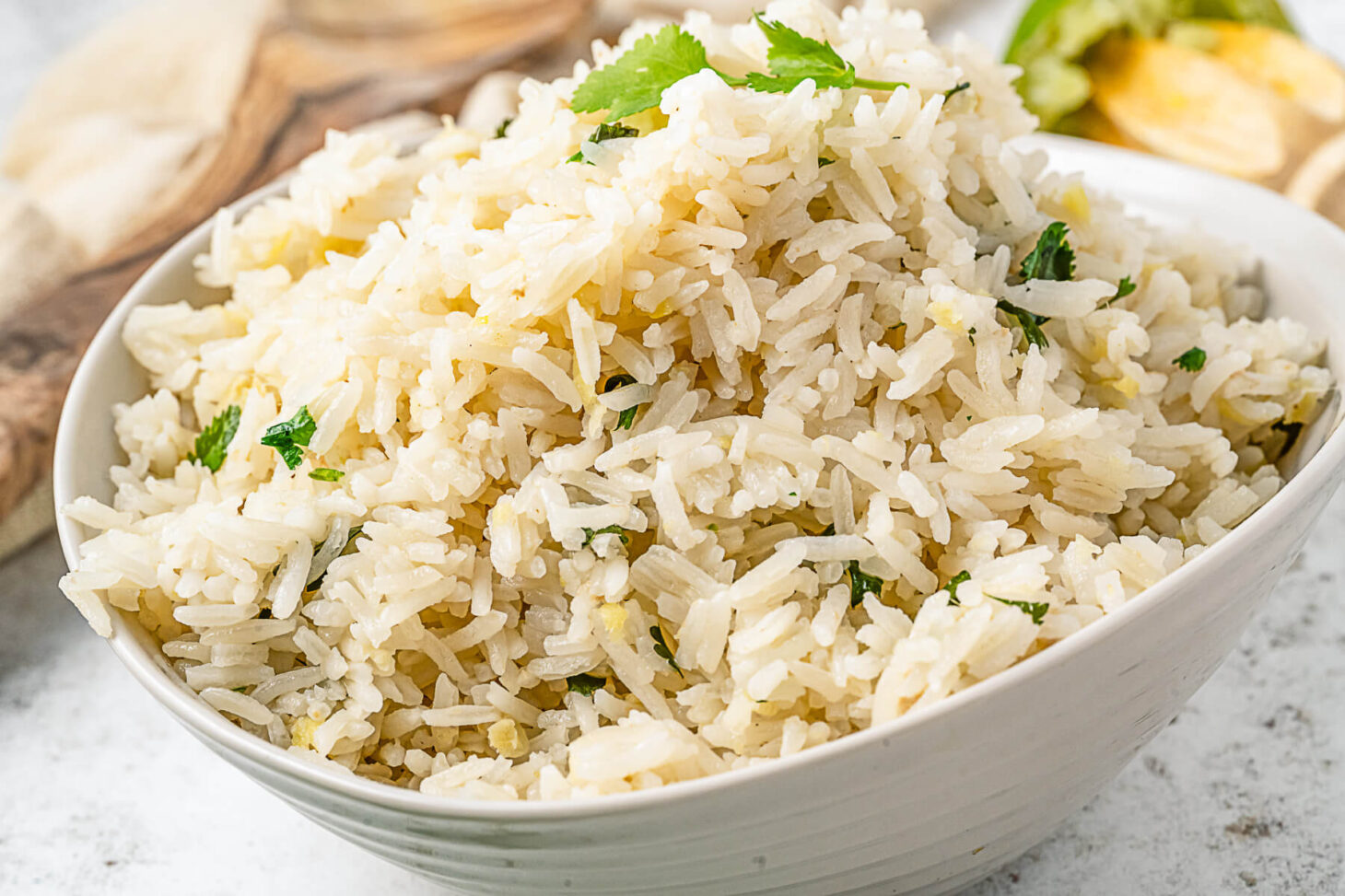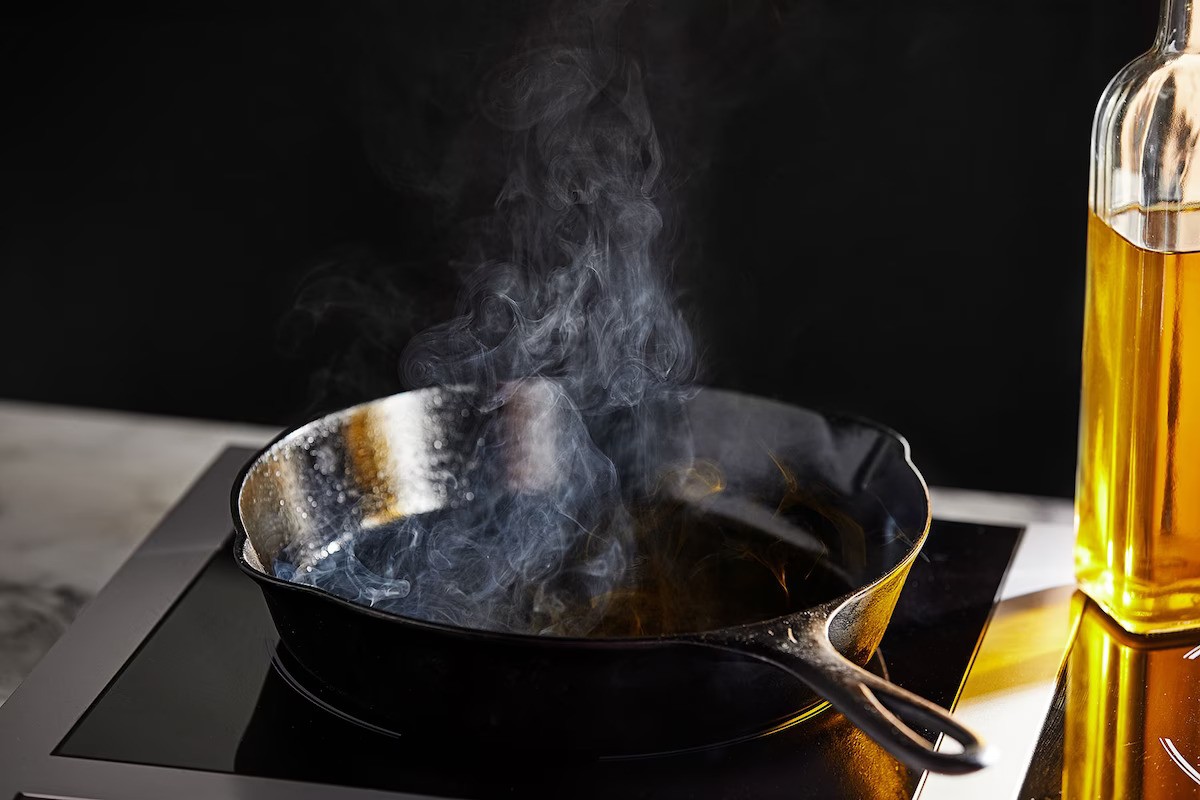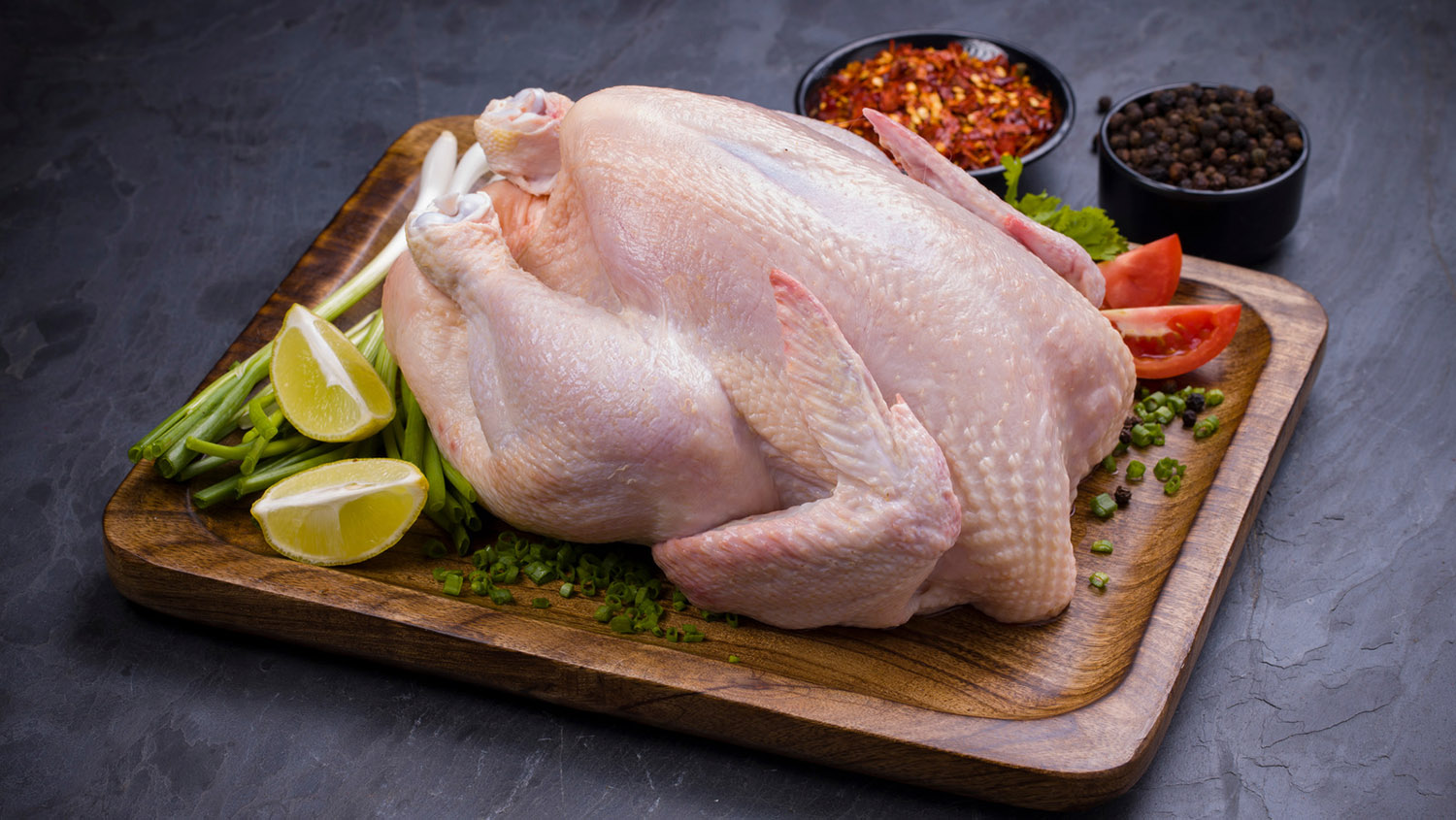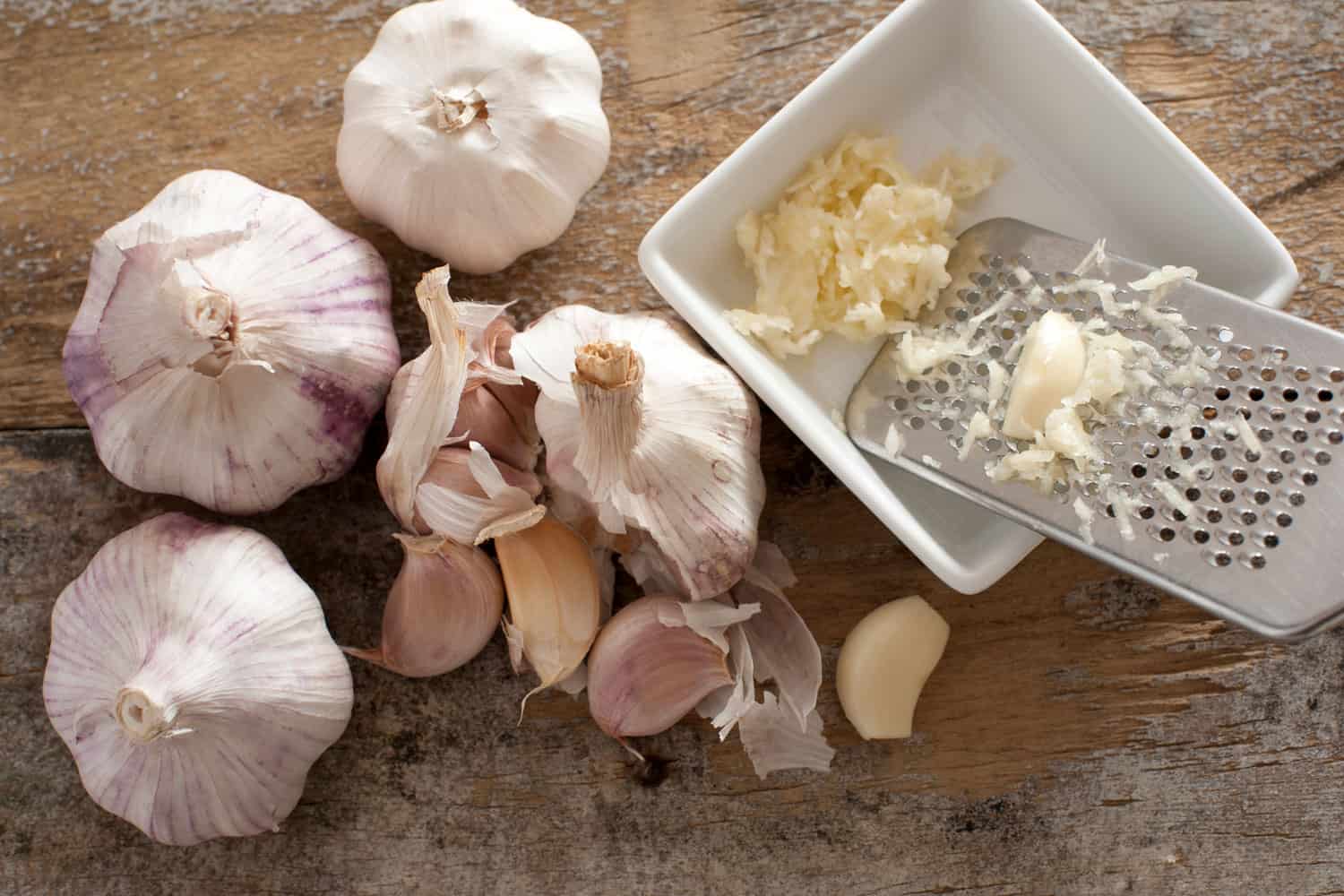Filo pastry, also known as phyllo pastry, is a delicate and versatile dough that is widely used in Mediterranean and Middle Eastern cuisines. It is a staple in many traditional dishes and is loved for its flaky, crispy texture. In this article, we'll explore what filo pastry is, its origins, how it's made, and some popular dishes that feature this delicious dough.
What is Filo Pastry?
Filo pastry is a paper-thin dough that is commonly used in both sweet and savory dishes. It is made by rolling and stretching the dough into thin sheets, resulting in layers that become flaky and crispy when baked. The word "filo" actually means "leaf" in Greek, which is fitting given the pastry's delicate and thin nature.
Origins and History
Filo pastry has its roots in the kitchens of the Mediterranean and Middle Eastern regions. Its exact origins are a topic of debate, with some attributing it to the Greeks, while others believe it has Turkish origins. Regardless of its precise beginnings, filo pastry has become a beloved and essential component of many iconic dishes from these regions.
How is Filo Pastry Made?
The process of making filo pastry is a labor-intensive art that requires skill and patience. The dough is typically made from flour, water, and a small amount of oil or vinegar. The dough is kneaded until it reaches the perfect consistency, then it is divided into small balls and left to rest. Each ball is then rolled out into a thin sheet, often with the help of a long thin rolling pin. The sheets are then stacked on top of each other, with a light brushing of oil or butter between each layer. This creates the signature flaky texture that filo pastry is known for.
Popular Dishes Featuring Filo Pastry
Filo pastry is a versatile ingredient that can be used in a wide variety of dishes. Some popular dishes that feature filo pastry include:
- Spanakopita: A Greek dish made with layers of filo pastry filled with spinach, feta cheese, and herbs.
- Baklava: A sweet pastry made with layers of filo, nuts, and honey or syrup, popular in Middle Eastern and Mediterranean cuisines.
- Börek: A savory pastry made with filo dough and filled with cheese, meat, or vegetables, commonly found in Turkish cuisine.
- Apple Strudel: A dessert of Austrian origin, consisting of thin layers of filo pastry filled with spiced apples and raisins.
Conclusion
Filo pastry is a beloved and versatile ingredient that has been a staple in Mediterranean and Middle Eastern cuisines for centuries. Its delicate, flaky texture and ability to be used in both sweet and savory dishes make it a favorite among home cooks and professional chefs alike. Whether you're making a traditional Greek spanakopita or a sweet and sticky baklava, filo pastry adds a delicious and crispy element to any dish.
Was this page helpful?
Read Next: What Is Half A Pound Of Chicken

